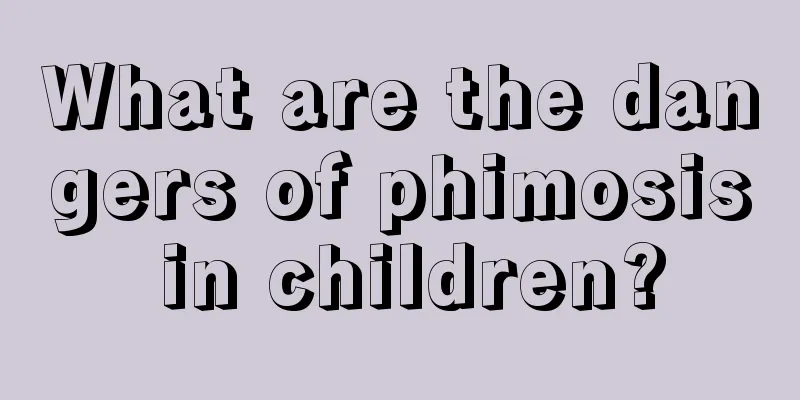Child drowning backwards

|
After the holidays, many children are naughty and always go to places with water. Although parents always dissuade them, they cannot guarantee to watch their children for a long time. In order to prevent drowning problems, parents need to prepare rescue measures. Because only in this way can they ensure that they can carry out timely rescue when the children have an accident to avoid danger in the process. Some people say that children need to be carried upside down after drowning. Is this method scientific?
Unscientific Experts believe that the attitude of insisting on active rescue in the first aid method of carrying a drowning person upside down that is circulated on the Internet is correct and worthy of recognition. But the rescue method is unscientific. The correct approach should be different for different situations. The Right Way First aid for drowning victims The key point is to call for help immediately when you find a drowning person, rescue the drowning person from the water, and quickly clean the dirt in the mouth and nose of the drowning person in a safe place, unbutton the collar to keep the airway open, then hold the person up by the waist and abdomen, with the back facing up and the head hanging down, and pour out the water. Or the first aider can take a half-kneeling position, place the patient's abdomen on his legs, lower his head, and press his hands flat on the back to pour water. At the same time, you should quickly check whether the drowning person has a heartbeat and breathing. If breathing and heartbeat have stopped, cardiopulmonary resuscitation should be performed immediately.
Because the weather is hot in summer, there are many people playing by the river and the sea. In daily life, infants, young children and the elderly have weak self-protection abilities. People must have and master certain common sense in rescuing drowning people. During the first aid process for drowning, ordinary citizens must pay enough attention to these misunderstandings so as not to miss the opportunity to save people. For example: pouring water in the prone position should only be done after confirming that the airway is unobstructed and the patient is breathing and has a heartbeat. On the contrary, if the drowning person's airway is not cleared and he has no breathing or heartbeat, and water is poured out in a prone position, the drowning person's hypoxia will be aggravated, and delaying cardiopulmonary resuscitation will delay the opportunity to rescue the drowning person, causing him to miss the possibility of resuscitation. Simply put, the best thing to remember about drowning rescue is the twelve-word formula: clear airway, cardiopulmonary resuscitation, and perseverance.
Dr. Wang Xifu suggested that after rescuing a drowning person to shore, the first thing to do is to determine his condition and choose first aid measures based on the child's physical condition. If the drowning person is conscious and only has symptoms of coughing and difficulty breathing, all you need to do is comfort him, encourage him to cough, and wait for medical staff to arrive. If the drowning person is unconscious but still has a pulse and is breathing (chest and abdomen rise and fall), you should first clear any foreign objects from his mouth and nose, and then stabilize him in a lateral position. The side-lying position helps keep the drowning person's airway open, so if he vomits, the vomit can flow out smoothly. At this time, closely observe the breathing and pulse of the drowning person until the ambulance arrives. If the drowning person has no movement or response after being rescued, and cannot be awakened by slapping or shouting, you should immediately check to see if he is still breathing. When observing, first clear any foreign objects from the mouth and nose, then press down on the forehead and lift the chin to open the drowning person's airway. At the same time, scan his chest and abdomen to see if there is any up and down movement. The observation time is 5 to 10 seconds. If the drowning person is not breathing and has no pulse, it means that he has suffered cardiac arrest and cardiopulmonary resuscitation needs to be started immediately. |
<<: What happens if a child has eye boogers?
Recommend
The child's lumbar sacral vertebra is fractured
Almost everyone knows that a child's early bo...
What to do if your child's nose is blocked
Every part of a child's body is fragile. When...
What to do if your child has a fever and itches
Fever is a very common disease in life. In most c...
How to know if your baby has hearing loss
How do we know if a baby has hearing impairment? ...
What should parents do if their children often sweat profusely?
I wonder if you parents and friends have noticed ...
What is the best way to treat rectal polyps in children?
Are rectal polyps the only treatment options avai...
How to use ear drops for children?
Children are a group with a high incidence of ear...
Treatment for babies who always strain
Nowadays, it is not uncommon to see babies always...
What is the normal body temperature range for a 6 month old baby?
Many babies have low immunity, and some bacterial...
Causes of white tongue coating in children
A mother's wish is that her baby can grow up ...
How to train a 14-month-old baby who can't crawl?
Most parents will have a physical examination whe...
What kind of complementary food is good for a two-month-old baby?
Babies need to eat complementary foods after two ...
Why does the baby hum when feeding?
Breast milk is the first choice for female friend...
Baby always chokes and coughs while sleeping
The baby is young, weak, and his organs are not f...
Is bronchial asthma serious in children?
Recently, many children have developed bronchial ...









